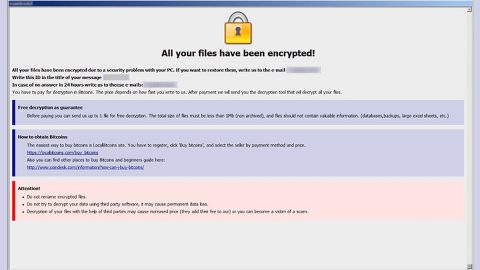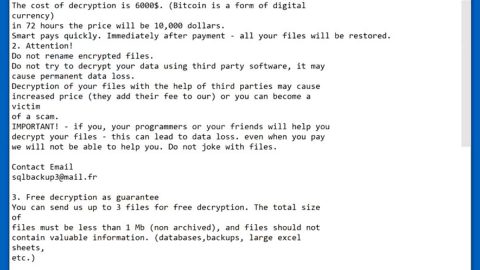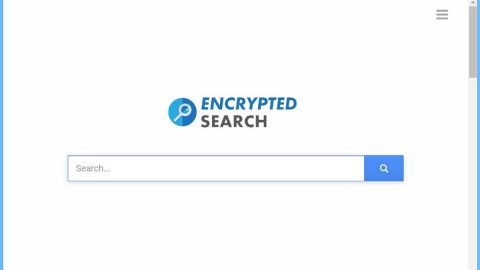There are times when Windows 10 users experience some problems which can sometimes get pretty annoying especially when there’s a new update that brings in just about as many bugs as it fixes. But the bright side is that in every problem, there is a solution. This post will show you what to do if the battery of your Windows laptop is charging slowly. Some users reported that this problem could also happen even on new devices. So if you’re Windows 10 laptop takes forever to charge, then here are some options to help you identify and fix the issue. You must check these options first before you decide to bring your Windows 10 laptop to a technician.
If your Windows laptop battery has been charging slowly, here are the possible reasons why:
- The battery is either damaged or old.
- The charger is not compatible with your laptop.
- The charger is not powerful enough to charge up your laptop.
- The charger may not be connected to the charging port of your laptop.
Option #1 – Do a hard reset on your laptop
This option works in most cases when the laptop with a removable battery is charging slowly as it is plugged in constantly. Refer to the steps below to do a hard reset on your laptop.
- Switch off the power of your laptop.
- Disconnect your laptop’s charger and then remove the battery.
- Tap and hold the power button for at least 30 seconds – doing so will discharge the capacitors of the motherboard and reset the memory chips that were active constantly.
- Plug the battery back and then charge the laptop again.
Check if the problem is fixed, if not, proceed to the next option below.
Option #2 – Try to update your BIOS
If the battery charging problem typical to your laptop is reportedly fixed in a later version, you may have to update your BIOS. How? Follow the steps below.

- Tap the Win key + R to open the Run dialog box.
- Type in msinfo32 and tap Enter or click OK.
- On the right pane of the System Information window, check the BIOS version /Date info. Then take note of the version.
- After that, check if the BIOS you have is the latest version for your model. If it isn’t, you have to download the latest BIOS update from your laptop manufacturer’s website and follow the instruction there. But if you don’t want to update your BIOS, you can check out the next following option.
Option #3 – Try battery calibration
If you don’t charge your battery systematically, the charging cycles and the irregular battery drainage can mess up with your battery’s charging function. You have to re-calibrate the battery. To do so, follow these steps:
- Discharge your device’s battery 100%.
- Leave the device in the Off mode for about an hour or so more than the estimated time it usually takes to charge fully.
- Turn on the device to make sure that it is fully charged. Do this with the charger plugged in.
- Disconnect the charger and use it as usual. Take note that you should avoid charging the device until the battery is low and do not unplug the charger until after the device is fully charged.
To make sure that the battery issue won’t occur again, you have to maintain this charging habit a ritual. And if it turns out that battery calibration isn’t the problem, proceed to option #4.
Option #4 – Check your battery
It is already expected that the battery performance will keep on plummeting as it ages. To optimize your battery performance, you can use PC Cleaner Pro – not only this program fixes registry errors and system errors but it also optimizes the device’s battery, improving overall system performance in the process. Here’s how you can use it:
- Turn on your computer. If it’s already on, you have to reboot
- After that, the BIOS screen will be displayed, but if Windows pops up instead, reboot your computer and try again. Once you’re on the BIOS screen, repeat pressing F8, by doing so the Advanced Option shows up.
- To navigate the Advanced Option use the arrow keys and select Safe Mode with Networking then hit
- Windows will now load the SafeMode with Networking.
- Press and hold both R key and Windows key.
- If done correctly, the Windows Run Box will show up.
- Type in explorer http://www.fixmypcfree.com/install/pccleanerpro
A single space must be in between explorer and http. Click OK.
- A dialog box will be displayed by Internet Explorer. Click Run to begin downloading PC Cleaner Pro. Installation will start automatically once download is done.
- Click OK to launch the program.
- Run the program and click the Click to Start Scan button to perform a full system scan.
- After all the infections are identified, click FIX ALL.
Option #5 – Perform a voltage check
The problem may be caused by your device’s charger. To identify a faulty charger, you can perform a voltage test using a voltage tester or a multi-meter. The charger has to be replaced if the result shows that the voltage reading is lower than the original printed output. You could also simply use another compatible charger on your device and check if it works.















